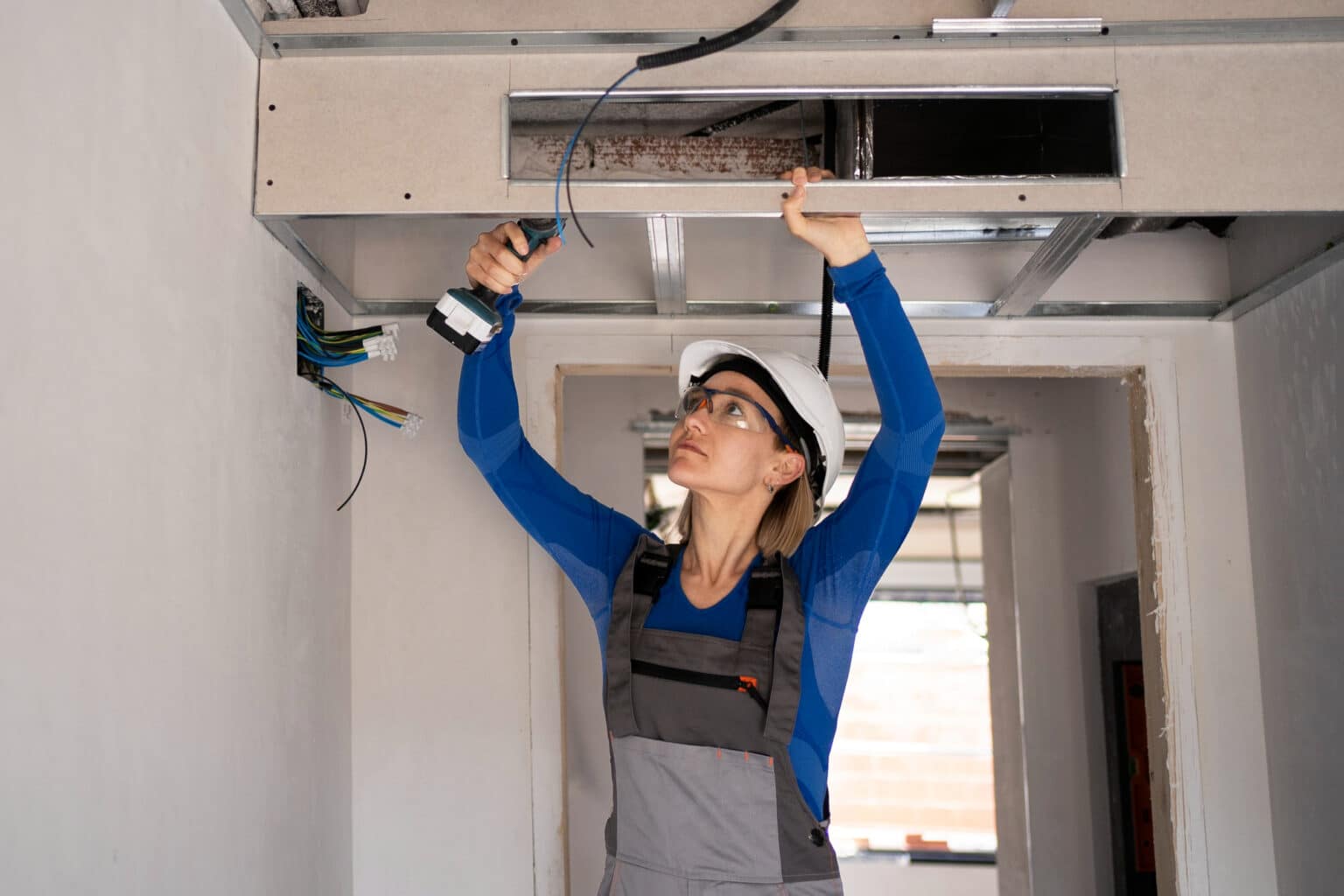If you have filed a mechanics lien to collect payment on a commercial construction project in Texas, you should be on your way to receiving payment. But what if your prelien notice(s) and mechanics lien affidavit have not prompted payment? In this article, we will discuss the mechanics lien foreclosure process. Proper filing and timing for a mechanics lien claim are crucial to ensure its validity, including notifying parties, preparing court documents, and presenting evidence during the trial.
Texas Construction Law provides contractors, subcontractors, materials suppliers, and licensed design professionals with the mechanics lien (also called a construction lien) to help collect past due payments on commercial construction jobs. However, filing a mechanics lien on a property may not always result in payment. If you are unable to collect payment on a lien after filing the affidavit, then Texas Construction Law allows you to foreclose to enforce a lien. This action forces the sale of the property to pay creditors.
Understanding Construction Liens
Construction liens, also known as mechanics liens, are powerful tools that contractors, subcontractors, and suppliers can use to secure payment for their work or materials. When a property owner fails to pay for services rendered, a construction lien can be filed against the property. This lien serves as a legal claim, ensuring that the owed party has a right to be paid from the property’s value.
Mechanics liens are typically filed with the county recorder’s office, making them public records. This transparency can put pressure on the property owner to settle the debt, as the lien can affect the property’s marketability. In some cases, construction liens can even force the sale of the property to satisfy the debt. While commonly used in the construction industry, these liens can also apply in other sectors where work is performed on a property.
Foreclose to Enforce a Lien Foreclosure Process
Unfortunately, to foreclose a lien, a lawsuit must be filed. This involves more time and the Texas court system. Fortunately, like filing a mechanics lien, the act of filing and serving of the Lawsuit can be enough to prompt payment.
Enforcing a construction lien becomes necessary when the property owner fails to pay for the completed work or supplied materials. A judgment lien, a type of non-consensual lien, is created when a party wins a lawsuit and records the judgment publicly. Such liens may attach to various types of property and can prevent the sale of that property until the debt is settled. The enforcement process for judgment liens can include selling the property through court intervention.
When to Enforce a Construction Lien
Enforcing a construction lien becomes necessary when the property owner fails to pay for the completed work or supplied materials. Initially, it’s advisable for the contractor or supplier to attempt to resolve the payment issue through negotiation. However, if these efforts prove unsuccessful, filing a lien foreclosure lawsuit may be the next step.
Deciding to enforce a construction lien should not be taken lightly. It involves considering several factors, such as the amount owed, the equity in the property, and the potential costs associated with the lien foreclosure process. While it can be a costly and time-consuming endeavor, enforcing a lien may be the only way to secure the payment you are rightfully owed.
How long do I have to foreclose on a lien?
If you have to initiate a lawsuit for a mechanics lien foreclosure to collect a payment, then it is critical to meet the associated deadlines. For a mechanics lien, it must be no later than one year after the deadline to file the mechanics lien.
If you fail to foreclose on the lien within the time parameter, your mechanics lien becomes invalid. It’s also crucial to ensure that the mechanics lien was properly filed and that all required notices were sent to the property owner. Additionally, unpaid property taxes can lead to tax foreclosure sales, and property tax liens take priority over other liens, which can complicate the foreclosure process.
Preparing for a Lien Foreclosure Lawsuit
Preparing for a lien foreclosure lawsuit requires meticulous planning and thorough documentation. Contractors or suppliers should gather all relevant documents, including contracts, invoices, and payment records, to support their claim. It’s also crucial to ensure that the mechanics lien was properly filed and that all required notices were sent to the property owner.
Given the complexity of a lien foreclosure lawsuit, hiring an attorney experienced in lien foreclosure law is highly recommended. An attorney can help navigate the legal intricacies, ensuring that your rights are protected and that the lawsuit is filed and served correctly.
Do I need a lawyer to file a lien foreclosure lawsuit?
Although individuals are allowed to represent themselves in a court of law, this is rarely recommended. A lien foreclosure action is a lawsuit, which means it needs to be drafted, filed, and served appropriately in compliance with the rules of the jurisdiction in which the lien was recorded. In fact, if you are considering filing suit to foreclose on a lien, we highly recommend you engage a Texas Construction Law attorney.
If a settlement cannot be reached, the dispute may escalate to litigation. A mortgage lender has the authority to initiate a foreclosure action when a borrower defaults on their home loan, using either judicial or nonjudicial methods to recover the owed debt through property repossession.

Resolving a Lien Foreclosure Dispute
Resolving a lien foreclosure dispute can be a challenging process, often requiring negotiation between the contractor or supplier and the property owner. If a settlement cannot be reached, the dispute may escalate to litigation.
Alternative dispute resolution methods, such as mediation or arbitration, can sometimes offer a less costly and time-consuming solution compared to litigation. However, these methods may not always be effective, and in some cases, a court trial may be necessary to resolve the dispute.
Are lien foreclosures common for a property owner?
The number of lien foreclosure lawsuits that go to trial is more rare than common. Typically, the act of filing an official mechanics lien affidavit is enough to prompt payment for the work you completed on a commercial construction project. However, if that is not the case, and you have to take further action, the act of filing a lawsuit to foreclose a lien is next. Fortunately, since trials are both time consuming and expensive for all parties involved, this action often prompts settlement of the debt before a trial is necessary.
Adhering to these requirements is crucial to successfully enforcing a construction lien in Texas. Tax liens, which are legal claims imposed by the government to ensure the payment of various unpaid taxes such as income, business, and property taxes, can complicate the process for property owners. These liens take priority over other liens and can lead to foreclosure if the taxes remain delinquent.
Texas-Specific Requirements
In Texas, construction liens are governed by the Texas Property Code, which outlines specific requirements for filing and enforcing these liens. Contractors or suppliers must file a lien affidavit with the county recorder’s office within a certain timeframe, typically 15 days after the last day of work.
Before filing the lien affidavit, the contractor or supplier must send a notice to the property owner. This notice should include the amount owed, a description of the work or materials provided, and the deadline for payment.
If payment is not received, a lien foreclosure lawsuit must be filed within one year of the date the lien affidavit was filed. The lawsuit must be filed in the county where the property is located, and the property owner must be served with a copy of the lawsuit. Adhering to these requirements is crucial to successfully enforcing a construction lien in Texas.


